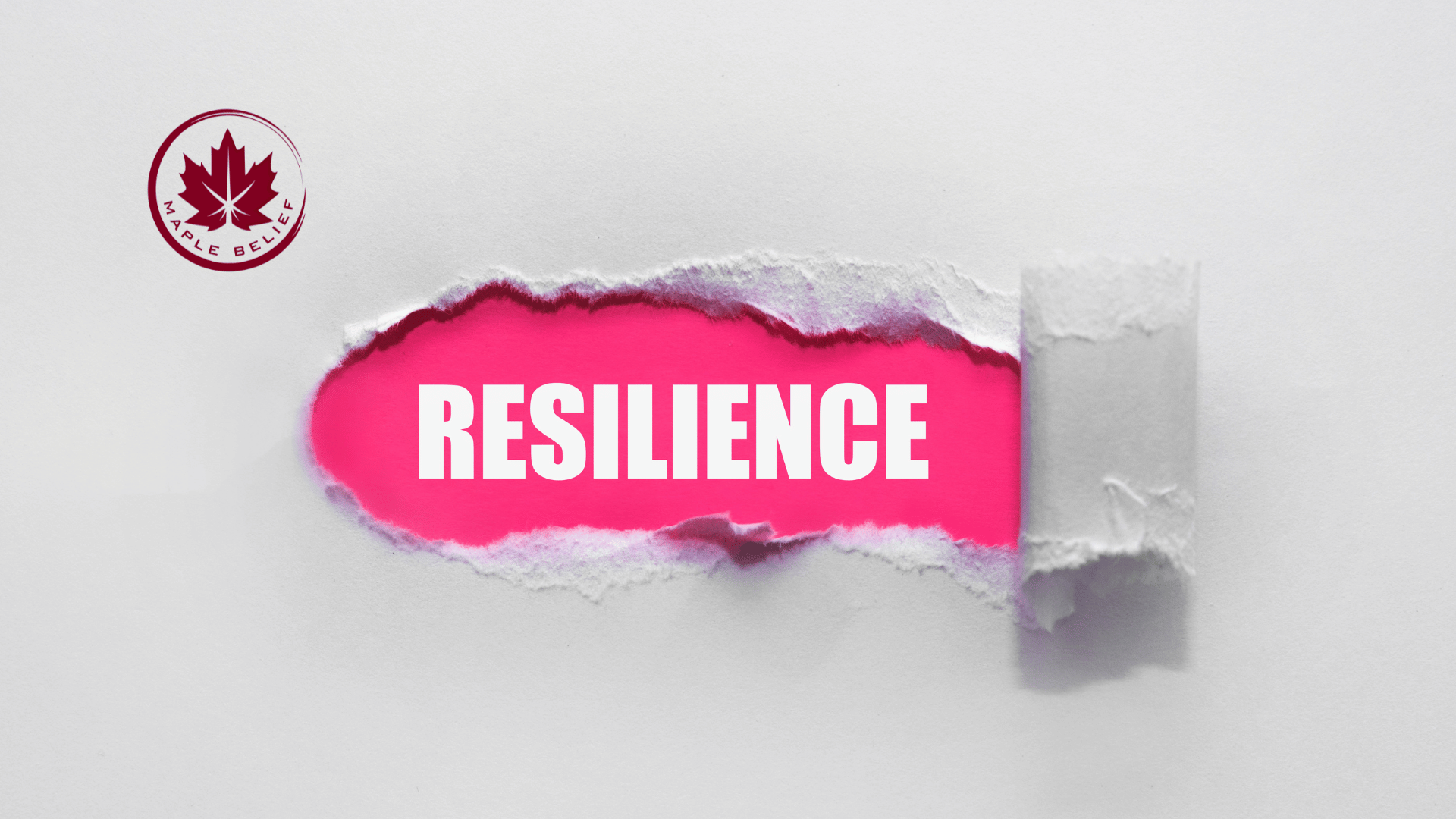Bounce Back Stronger: Cultivating Professional Resilience
Resilience—both how they understand setbacks and the strategies they employ to bounce back stronger.

“Our greatest glory is not in never falling, but in rising every time we fall.” Wise words from Confucius that Gary reflected on as he sat stunned reading the email. After months of meticulously preparing a proposal for his dream client, Gary just received an official rejection notice. As disappointment swirled amidst deadlines stacking up, Gary wondered how leaders like Mandela endured far greater setbacks yet rebounded to achieve iconic status.
Whether starting a new venture or advancing an established career, setbacks prove inevitable. But where some see failure’s finality, others use adversity as a launch pad to previously unimaginable success. What differentiates their response? Resilience—both how they understand setbacks and the strategies they employ to bounce back stronger.
Resilience: Crucial for Thriving Professionally
At its core, resilience provides the capacity to adapt positively when circumstances turn adverse. Like elastic stretching during tough times and springing back ready for action, resilient professionals embody a growth mindset shift.
Rather than reactively judge failures as poor personal reflections, proactively mine each setback for instructive gems useful for excelling moving forward. Mental armour against identifying solely with external measures of achievement allows values rooted internally, like learning, to stay intact after plans collapse externally.
But those lacking resilience become casualties of every organizational shake-up or unsuccessful initiative derailing once-promising trajectories. Unable to contextualize setbacks objectively, self-limiting stories often follow, blaming inadequacies for lost opportunities outside one’s control.
Clearly, resilience provides an advantage separating thriving leaders from those left behind. The good news? Resilience lives less in innate personality than in daily habits, cultivating flexibility where rigidity once existed.
Strategies for Bouncing Back
Turning setbacks into setups for future success involves reconditioning responses. Here are five tangible practices for growing resilience every day.
Embrace Failure as Your Teacher
Beating yourself up over plans gone awry locks focus on the unchangeable past. Instead, ask empowering questions, shifting energy forward like “What can I learn here?” Unpacking failure as impartial feedback clarifies improvements for succeeding next time. Framing adversity as a teacher rather than a torturer allows wisdom to emerge from painful experiences. Analyze objectively by asking what conclusions can be drawn, what processes need refining and if certain circumstances could have been handled better retrospectively. There is often a silver lining hidden within disappointment if we take time to actively look for the lessons.
Activision CEO Bobby Kotick lost a fortune after his first video game start-up collapsed. But bouncing back wiser, he built Activision into today’s $50 billion titan through a resilience pipeline honed by early defeat. He took that early failure as an opportunity to learn and surrounded himself with business mentors to gain insight into building a gaming company sustainably.
Rewire Your Inner Narrative
Our relationship with failure connects directly to stories we recite internally. Counter unhelpful thoughts like I’m such a loser whenever facing challenges with empowering messages such as I’m strengthening new muscles here. How we talk about adversity and challenges shapes our capacity to handle and overcome difficulties. Destructive inner dialogues filled with self-judgment often become self-fulfilling prophecies of what we come to expect from ourselves. Choosing instead to reframe situations with encouraging language focused on progress cultivates lasting resilience.
J.K. Rowling’s story inspires a similar refrain. Once a depressed single mom, she wrote Harry Potter only after a dozen publisher rejections. Now, her resilience fuels a legendary status unattainable without first weathering adversity. Despite ongoing hardship and barriers, she held onto her vision and kept acting from a place of belief in herself rather than getting tangled in disempowering thoughts.
Stretch Beyond Your Comfort Zone
While complacency breeds comfort temporarily, leaping into unfamiliar territory despite fears of looking foolish builds lifelong confidence and capacity. Pushing past the initial discomfort of trying new things pays dividends by expanding our limits and revealing abilities we didn’t know we possessed. It builds faith in our ability to handle new challenges that arise. Intentionally tackle novel undertakings like public speaking, leading key initiatives at work, or taking an improv class to bolster change management muscles. Making small, uncomfortable progress daily develops resilience, compounding exponentially over time.
Focus on Finding Solutions
Resilient professionals distinguish themselves by their unparalleled knack for solving problems calmly, regardless of circumstances. Instead of complaining about challenges, direct energy toward resolutions. Even without clear answers immediately evident, adopting a solution-focused mindset sets the wheels in motion for ideas to emerge. Troubleshoot obstacles pragmatically by breaking issues into smaller parts, seek expertise to overcome roadblocks and experiment with innovative workarounds when needed. Refusing to get hooked by setbacks for too long and quickly shifting focus onto creation rather than frustration builds positive momentum.
Lean On Your Support Squad
Even the hardiest leaders need encouragement occasionally. Surround yourself with positive people who inspire. Discussing hurdles with a mentor often unveils fresh perspectives. The path to success rarely travels alone. Connecting with those who have overcome similar situations provides the reinforcement needed to continue progressing. Celebrate little wins with colleagues. Cheer each other toward the finish line. While the path may sometimes wind solo, the journey itself was never meant to be. Tapping your support networks for wisdom and reassurance when things get difficult offers the boost often required to bounce back stronger.
Resilience develops through repeatedly getting back up, not avoiding falls in the first place. Cultivating durable abilities to recover well takes practice but rewards those committed to bouncing back stronger with unprecedented achievement over time.
Rather than dread adversity, perhaps we should thank hardship in advance for the depth of character and success hovering on the other side. The only variable lies in how we choose to respond.